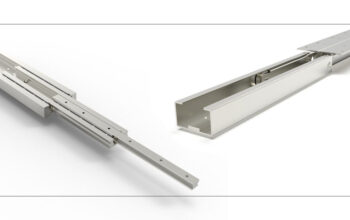In today’s environment of intensified competition in e-shops, the conversion rate is a key performance indicator, as are convenient payment solutions. Currently, the normal online conversion rate is 2%–3%; therefore, only a few visitors purchase. But if you get the right service provider, you should be able to attain this rate and design a clean and reliable process that will make the customers come again. Knowing the average e-commerce conversion rate and the differences between a payment gateway or payment aggregator improves your store’s outcome.
Average E-commerce Conversion Rate: Setting Your Target
Your e-commerce conversion rate can then be used to gauge how well your site is doing or what you need to fix so the performance can improve. It can mean anything and everything, including user experience or how mobile-friendly a website is. The global average bounce rate remains at 2-3%, but the leading structured e-commerce stores can achieve bounce rates of 5-10% or even further. An experienced service provider can provide you with strategies that can improve your store, such as an easy interface, a clear description, and easy and efficient checkouts to reduce cart abandonment.
Why Service Providers Matter
Solutions providers have the knowledge to increase conversion rates because they perfect the online shopping experience. They know comparable rates in the market and are in a position to advise improvements towards enhanced conversion rates. From better UX to effective product recommendations, they play a role in creating the journey that makes visitors into customers.
Payment Gateway vs. Payment Aggregator: Choosing the Right Fit
Apart from enhancing the conversion process, the payment system is significant. There are people whose job is to help you decide between a payment gateway provider and a payment aggregator. Here’s how each one works:
Payment Gateway: Ideal for High-Volume, Custom Needs
A payment gateway can be described as a connector link between your business site and your bank to allow safe transactions. MST is most suitable for a high-traffic site that requires complete control of the payment process. When using a dedicated merchant account, an organisation can bend the pages to suit its customer’s needs, spending habits, and the level of security of their accounts.
Payment Aggregator: Quick, Affordable Setup for Small and Growing Stores
A payment aggregator is quite suitable for small or growing companies, mostly because it is cheaper than other solutions. Like Stripe and PayPal, payment aggregators group merchants by account. Merchants can simply access the multiple modes of payment with less fuss. It is particularly beneficial to new online businesses because it allows them a great level of flexibility.
Partner with a Provider for Lasting Success
When dealing with a known service provider, you will be presented with the opportunity to increase the conversion rates as well as options—payment solutions. If you need to increase your average conversion rate and use professional settings, or if you need to compare two options—a payment gateway vs payment aggregator —you will get everything you need to achieve ongoing success. Stuck in the e-commerce business and searching for the next level to move to? A reliable provider will help you create a basis for success.




